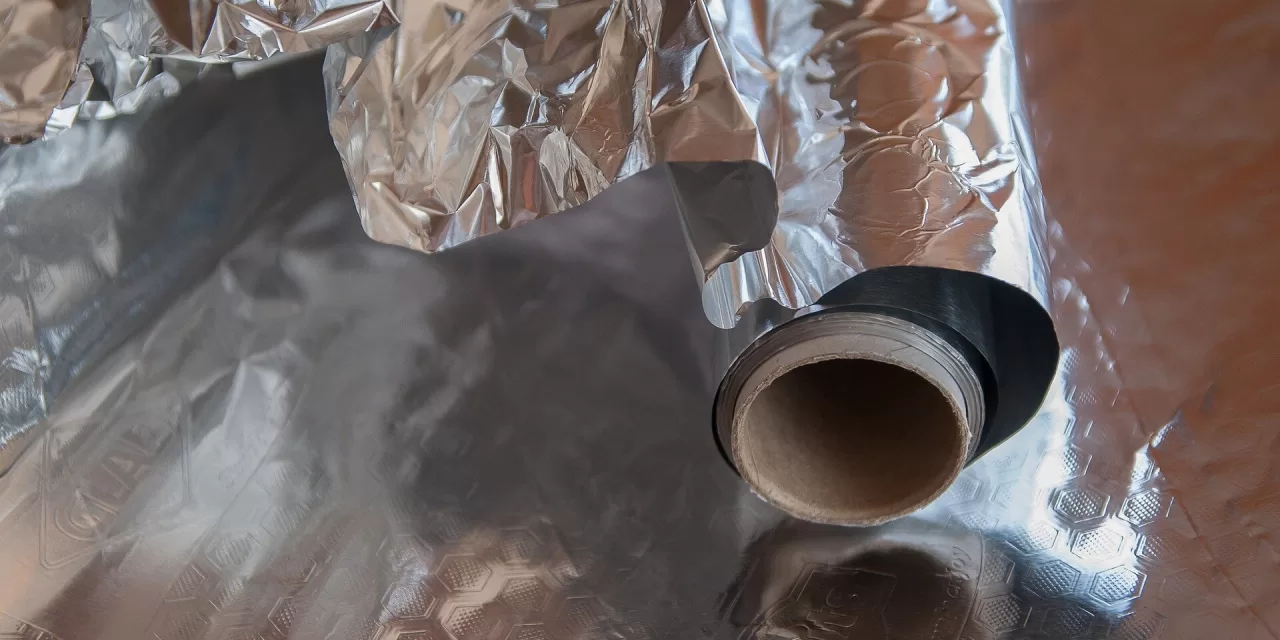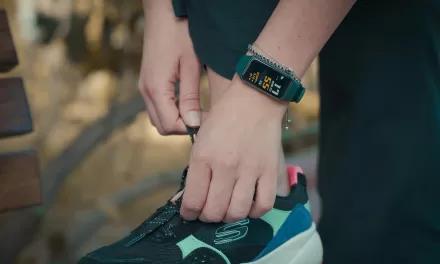Access to safe drinking water remains a critical challenge for over 2 billion people worldwide, with approximately 418 million of them residing in African nations. The problem is particularly severe in rural areas, where primary water sources, such as rivers, lakes, and hand-dug wells, are frequently contaminated with harmful pathogens due to inadequate sanitation facilities, open defecation practices, and agricultural runoff. The result is a tragic toll of waterborne diseases, including cholera, typhoid, and diarrhea, which claim hundreds of thousands of lives each year, especially among vulnerable children.
Traditional methods of water purification, such as boiling or chlorination, are often impractical for these communities. Filtration systems, while effective, are costly and require regular maintenance, making them inaccessible to many. The need for a simple, affordable, and sustainable solution has never been more urgent.
A new development, however, offers hope. Researchers have engineered a coating made of layered double hydroxide (LDH) that can be applied to ordinary aluminum foil, turning it into a powerful tool for water purification. This coated foil attracts and traps dangerous microbes, including bacteria, viruses, and parasites, from contaminated water sources, making it a potential game-changer for rural communities in Africa.
The Science Behind LDH Foil
Layered double hydroxide is not new to the scientific community; its ability to trap contaminants has been well-documented. However, the innovation lies in integrating LDH into a simple, easy-to-use form—aluminum foil. The LDH coating on the foil acts like a magnet, attracting and binding microbes from the water. This process, known as adsorption, is driven by the electrostatic attraction between the positively charged LDH surface and the negatively charged microbial cells, ensuring effective removal of harmful pathogens.
In laboratory tests, the LDH-coated foil demonstrated remarkable efficacy, removing over 99% of E. coli bacteria, a common indicator of water contamination, from water samples within a few hours. Importantly, the foil’s effectiveness is not limited to E. coli; it can target a wide range of waterborne pathogens, offering comprehensive protection against various diseases.
A Solution Tailored for Africa
The LDH-coated foil is particularly well-suited for use in African countries due to several key advantages. Firstly, it is both simple and affordable. The production process is straightforward, with an estimated cost of just US$6.93 per person for a year’s supply. This affordability makes it feasible for local production, even in remote areas with limited resources, empowering communities to take control of their water safety.
The foil is also incredibly easy to use, requiring no technical expertise or complex instructions. This simplicity is vital in rural areas where educational levels may vary. Furthermore, the foil is reusable, promoting sustainability in resource-constrained environments. After use, it can be regenerated multiple times using a simple alkaline solution, such as washing soda, which is readily available and inexpensive.
The design of the LDH-coated foil also takes cultural sensitivity and adaptability into account. For instance, in coastal communities, seawater can be used as the alkaline solution for regeneration, while in agricultural regions, common fertilizers can supply the necessary magnesium for the foil’s production. These considerations ensure that the foil can be adapted to fit the specific needs and resources of different communities.
The Road Ahead: A Collaborative Effort
While the LDH-coated foil holds immense promise, its widespread adoption will require a collaborative effort. Further research and development are needed to optimize its performance and ensure its long-term effectiveness in diverse African environments. Field trials in various communities will be crucial to gather user feedback, assess practicality, and identify any cultural or logistical considerations.
The researchers have published their findings under an open-access license, encouraging others to replicate and build upon their work. Partnerships with local organizations, governments, and NGOs will be essential for scaling up production, distribution, and education on the proper use of this innovative technology.
The LDH-coated foil represents a powerful new tool in the global fight against waterborne diseases. Its potential to transform water purification in rural Africa could bring safe drinking water within reach for millions, ultimately improving health outcomes, reducing poverty, and fostering sustainable development across the continent.











